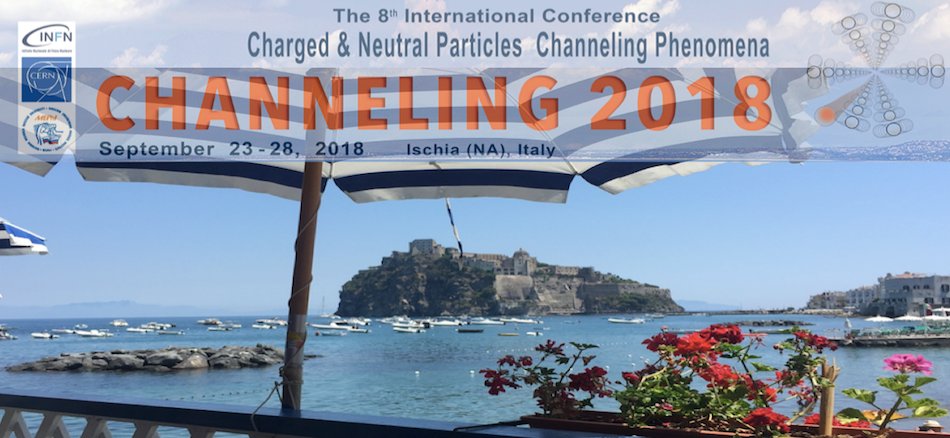Speaker
Dr
Giacomo Germogli
(INFN Ferrara)
Description
The development of more efficient production techniques for radioisotopes is a field of special interest, especially for modern nuclear medicine, in order to overcome some possible limitations in the supply chain of Mo-99 with nuclear reactors [1]. In particular, the production of radioisotopes in cyclotrons is spreading worldwide, despite its higher cost with respect to the production in nuclear reactors.
Oriented ordered structure can modify particle trajectories inside the medium, leading to a sensible variation of the interaction rate with atomic nuclei. Under specific orientations of the target with respect to the incident beam, a higher probability of inelastic interaction with nuclei can be obtained, compared to the standard rate into amorphous medium. This effect is called anti-channeling and leads to an increase of the radioisotope production yield.
The INFN-TROPIC project aims to the characterization in laboratory- and production- environment of a crystalline target for the production of radioisotopes of interest for nuclear medicine. In particular, a dedicated study of the anti-channeling phaenomenon through Monte Carlo simulations is required. Alongside, the research of crystals with a chemical and isotopical composition suitable for the production of an isotope of interest, with at the same time a crystalline quality sufficiently high to observe the anti-channeling effect is mandatory.
First crystals to be studied are Yttrium and Rhodium. They are supplied in crystalline form by some specialized manufacturers, and they have the advantage of naturally occurring in only one isotope. Y and Rh are used respectively for the production of Zirconium-89, useful as a Positron-Emission Tomography (PET) tracer, and Palladium-103, used for prostate cancer treatment. Both Y and Rh have a rather high cross section (hundreds of millibarns) for the reaction with protons at the typical energy obtained with commercial cyclotrons (10 to 15 MeV). The crystalline structure of the first samples was characterized with a 140 keV photon beam at the European Synchrotron Radiation Facility (ESRF) of Grenoble (France). Preliminary simulations with the Monte Carlo N-Particle (MCNP6) code confirm the possibility of measuring online the radionuclide production rate via spectroscopy of the prompt γ-rays upon de-excitation of produced nuclei.
[1] http://www.oecd-nea.org/ndd/reports/2010/nea6967-radioisotpes-full-report.pdf
Primary author
Dr
Giacomo Germogli
(INFN Ferrara)
Co-authors
Dr
Alexei Sytov
(INFN Ferrara)
Dr
Andrea Mazzolari
(INFN Ferrara)
Dr
Davide Casotti
(Dipartimento di Fisica e Scienze della Terra, Ferrara, ITALY)
Prof.
Davide De Salvador
(Dipartimento di Fisica e Astronomia “G. Galilei”, Padova, ITALY; INFN-LNL)
Dr
Enrico Bagli
(INFN Ferrara)
Mr
Federico Evangelisti
(INFN Ferrara)
Mr
Giacomo Guidi
(Comecer)
Mr
Gianluigi Maggioni
(Dipartimento di Fisica e Astronomia “G. Galilei”, Padova, ITALY)
Dr
LAURA BANDIERA
(INFN Ferrara)
Mr
Luca Bacci
(Dipartimento di Fisica e Astronomia “G. Galilei”, Padova, ITALY)
Mr
Marco Romagnoni
(Dipartimento di Fisica e Scienze della Terra, Ferrara, ITALY)
Dr
Riccardo Camattari
(INFN Ferrara)
Mrs
Sara Maria Carturan
(INFN LNL)
Prof.
Vincenzo Guidi
(INFN Ferrara)

